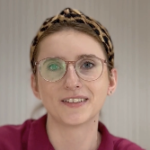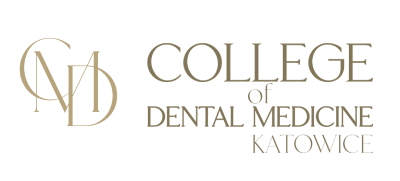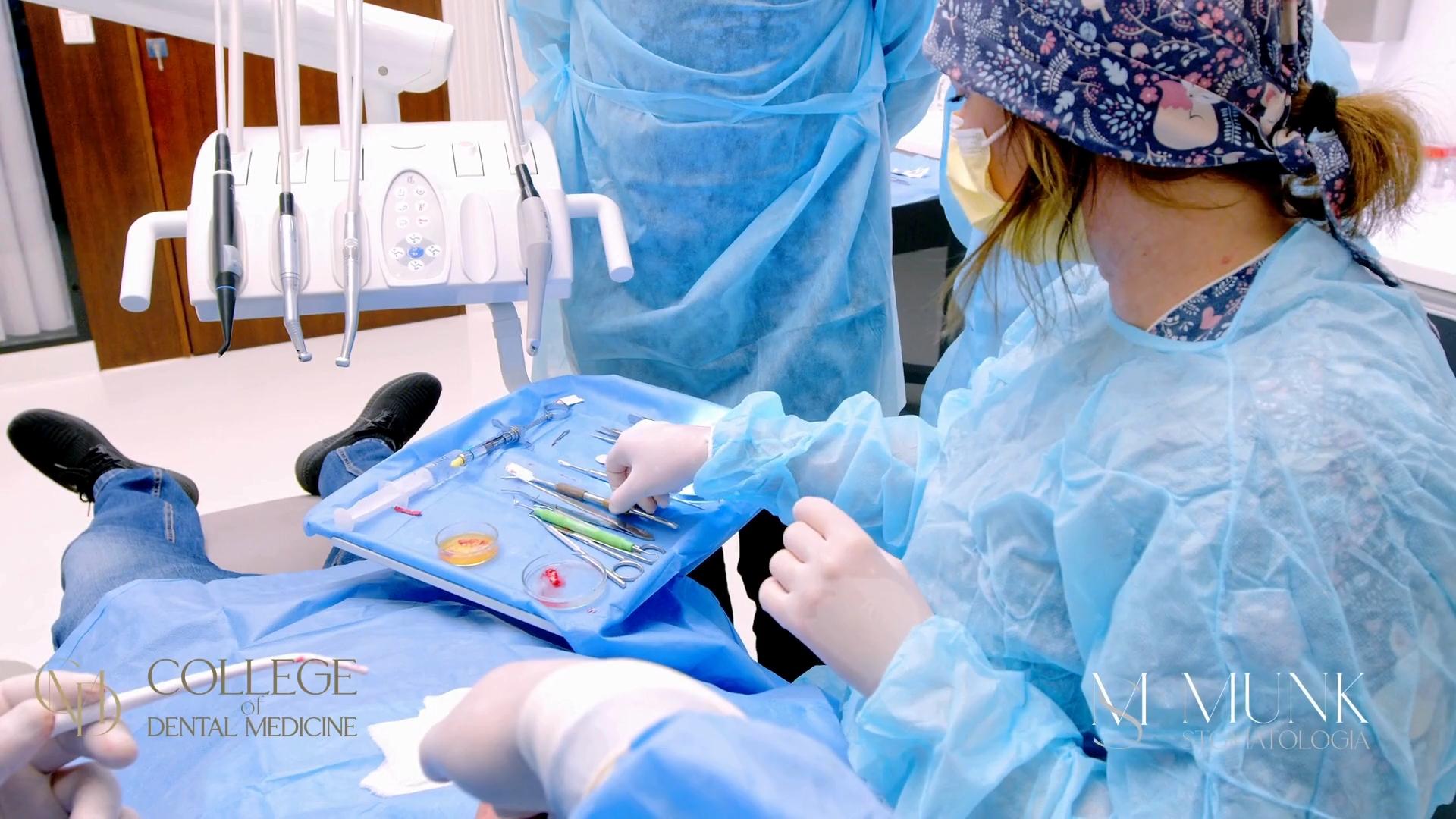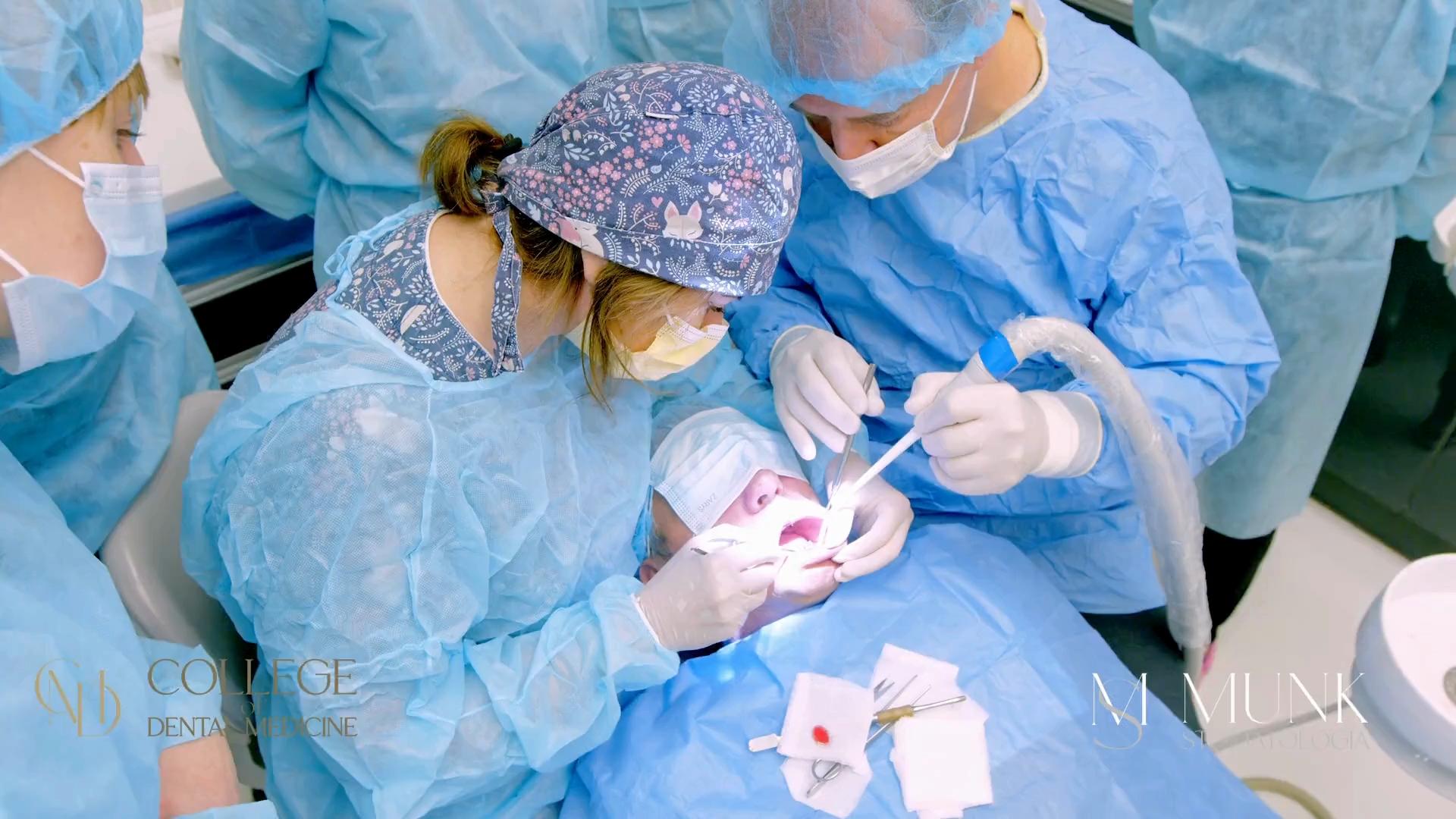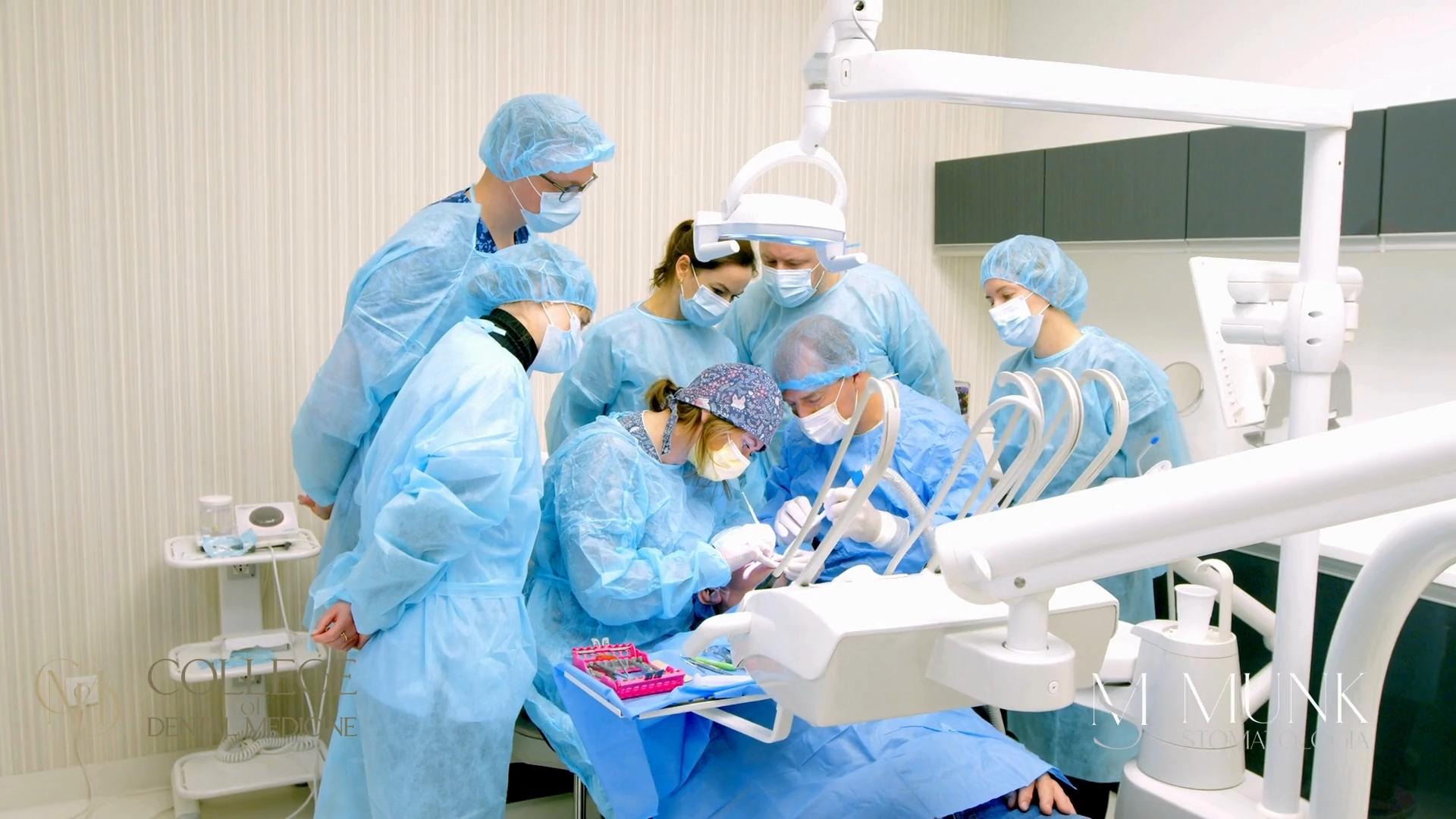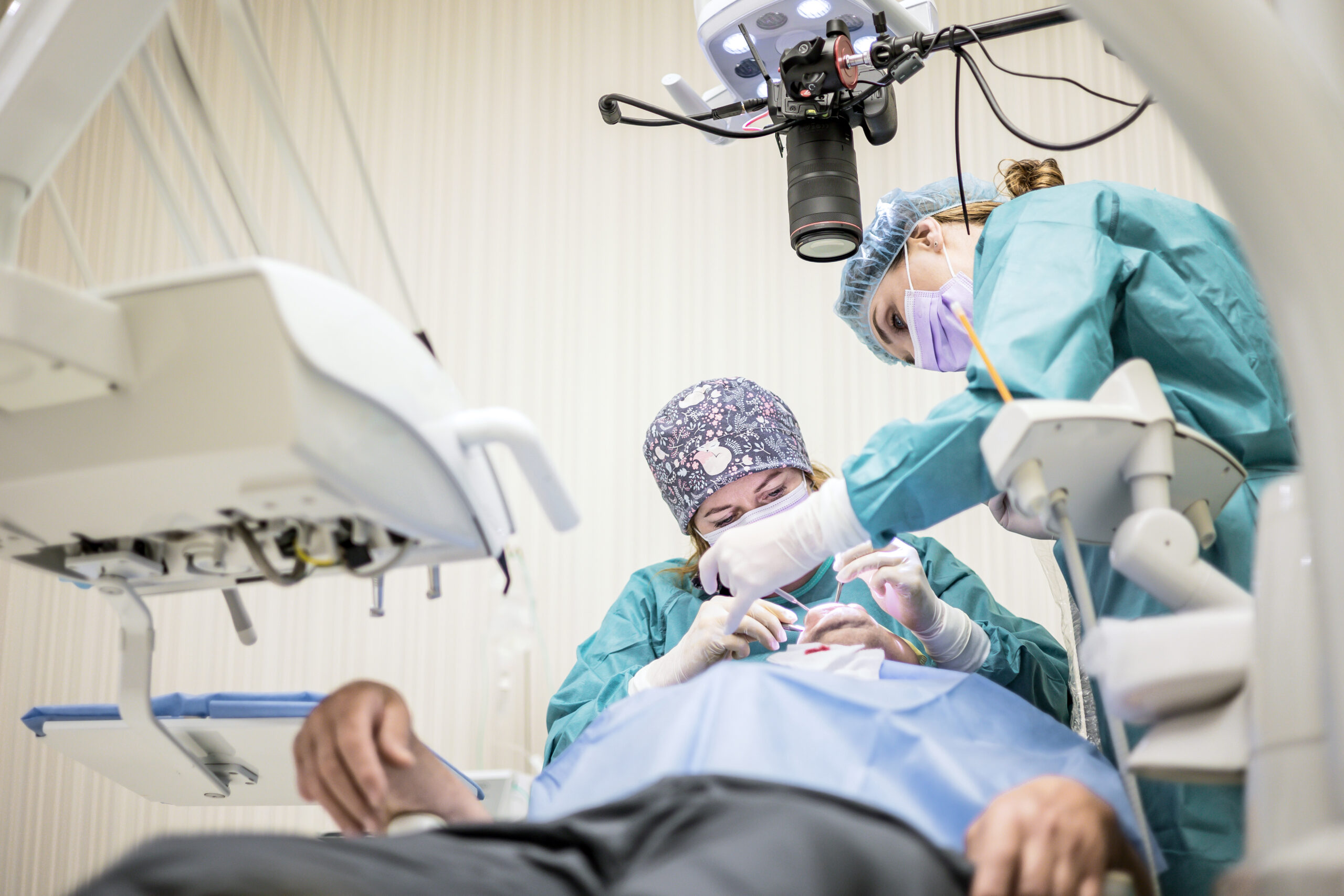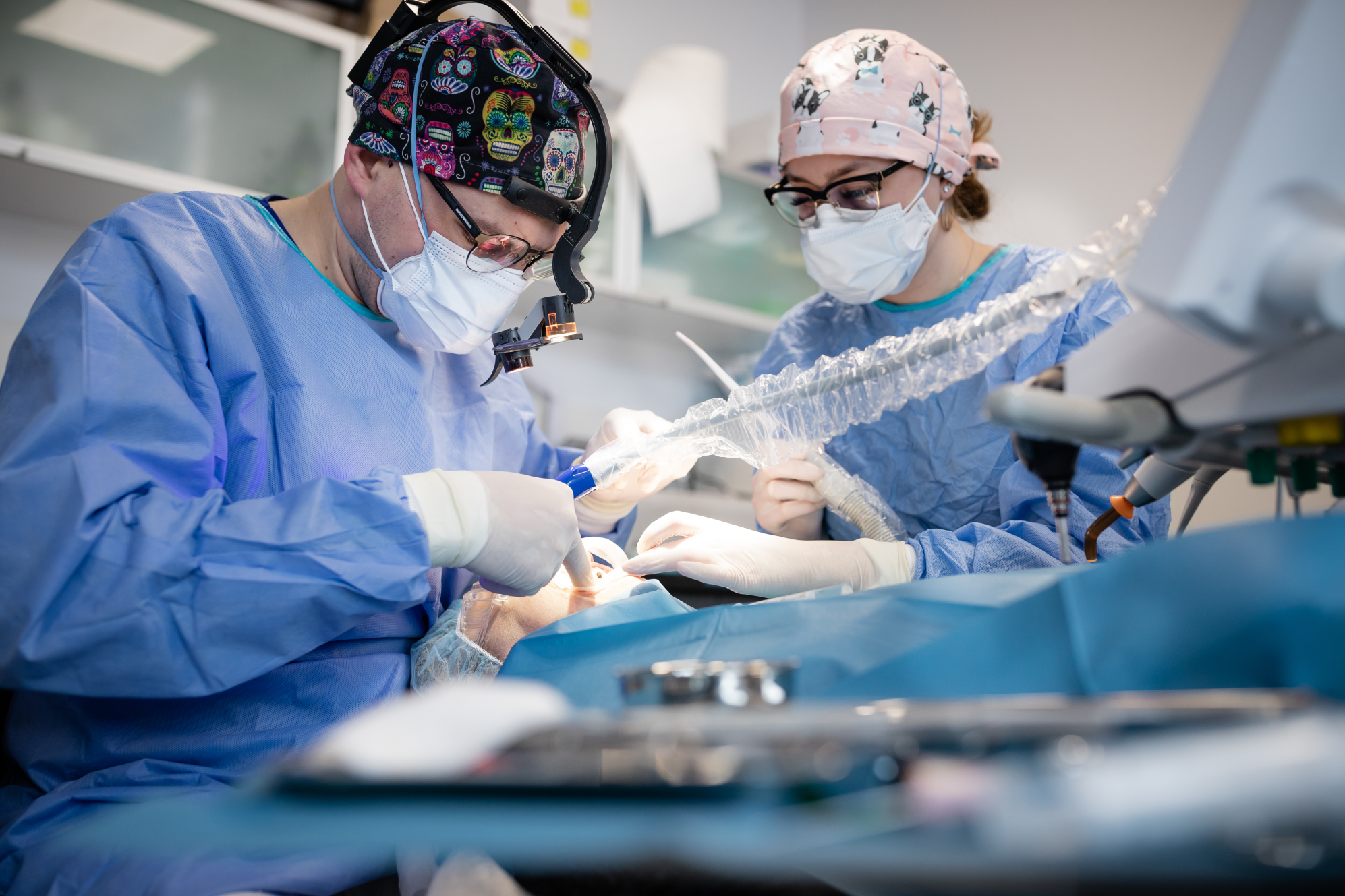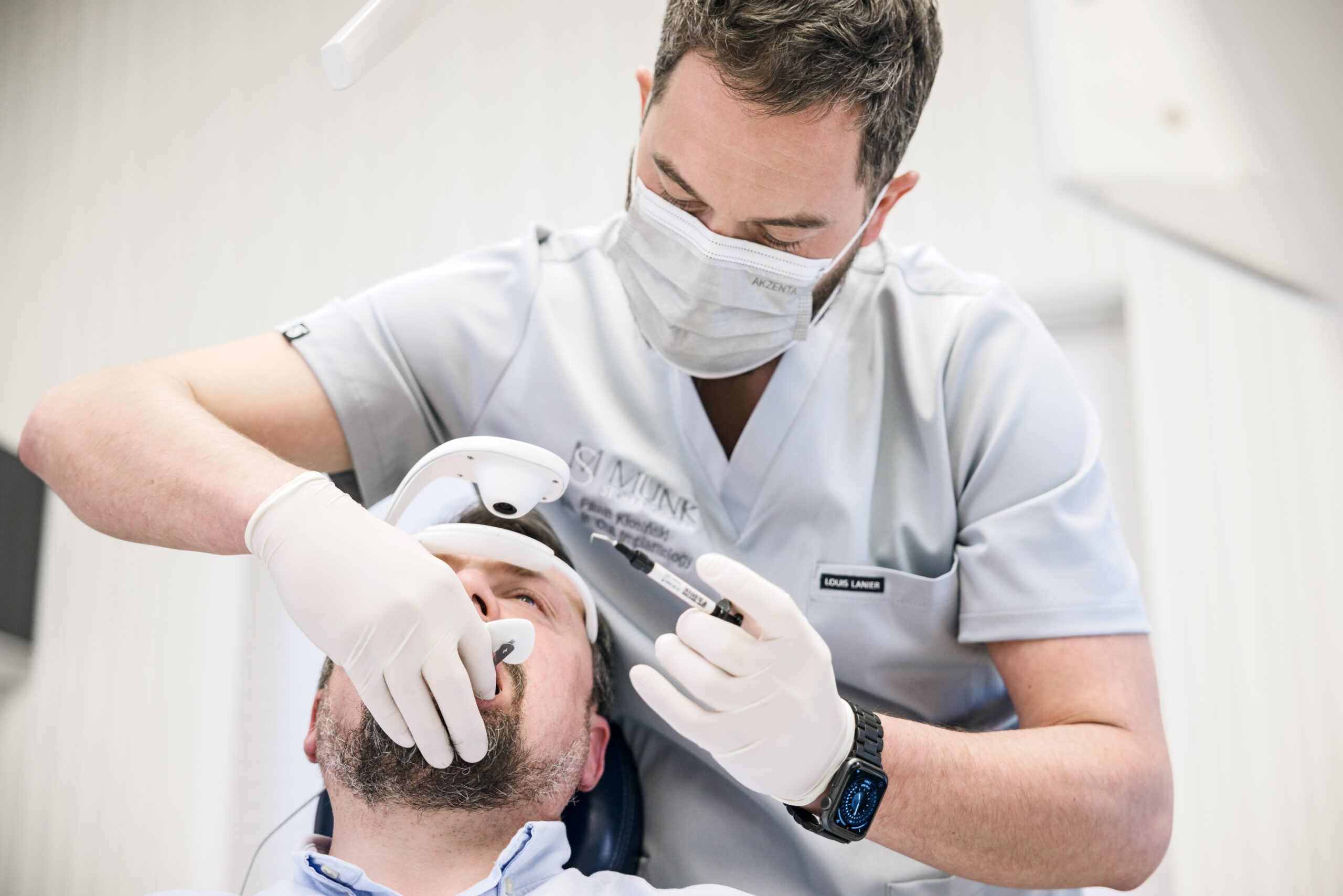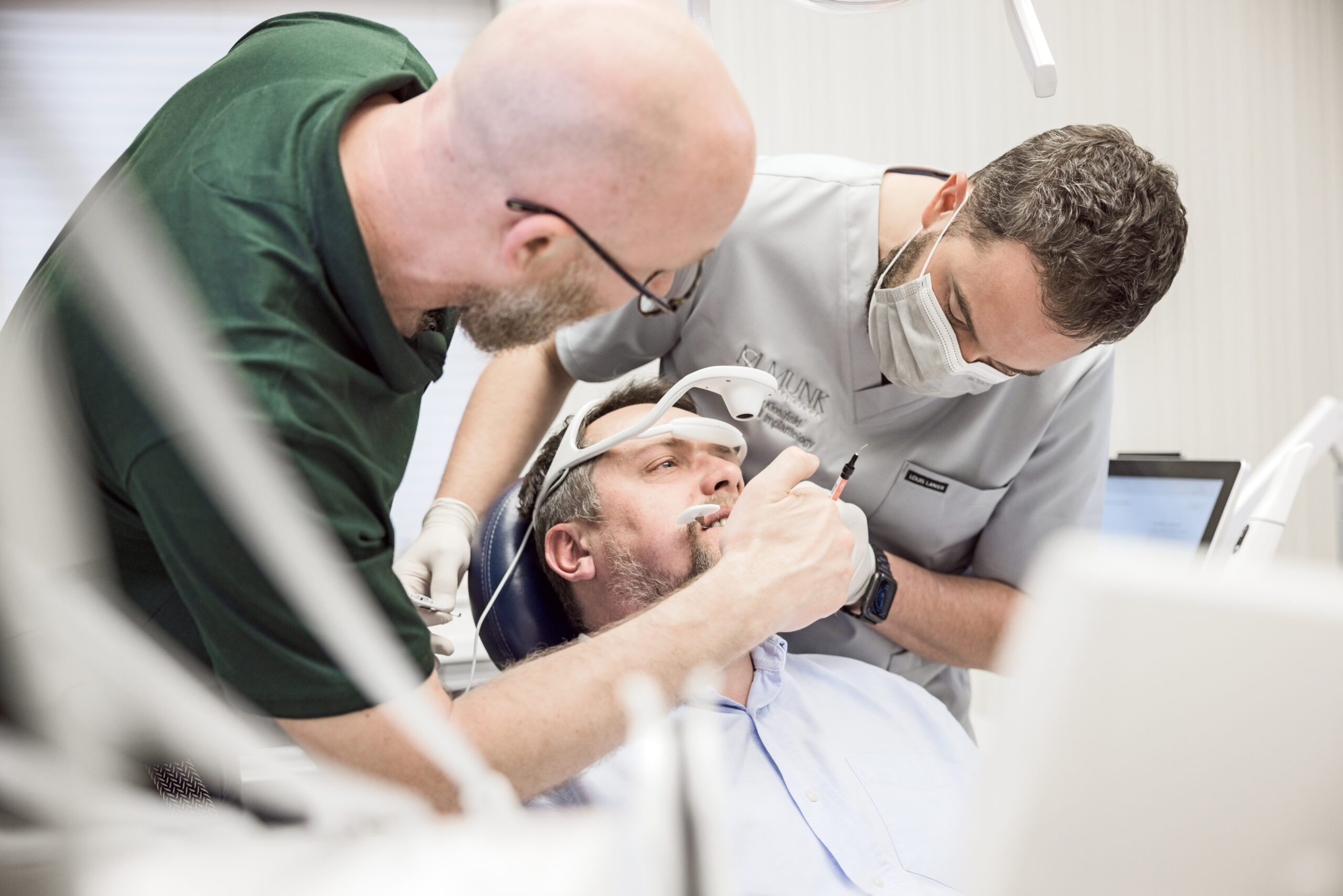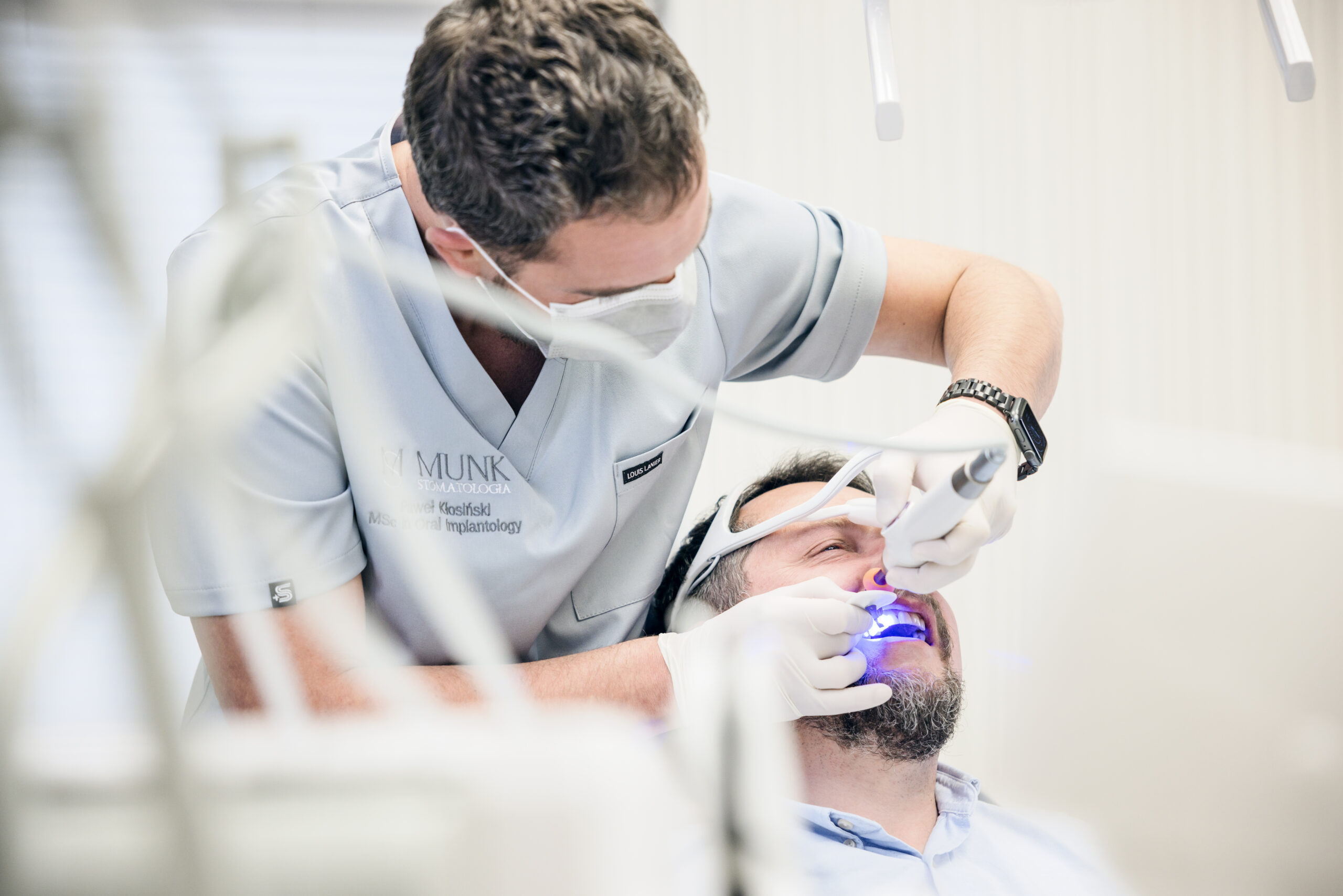

Perioimplantology Curriculum
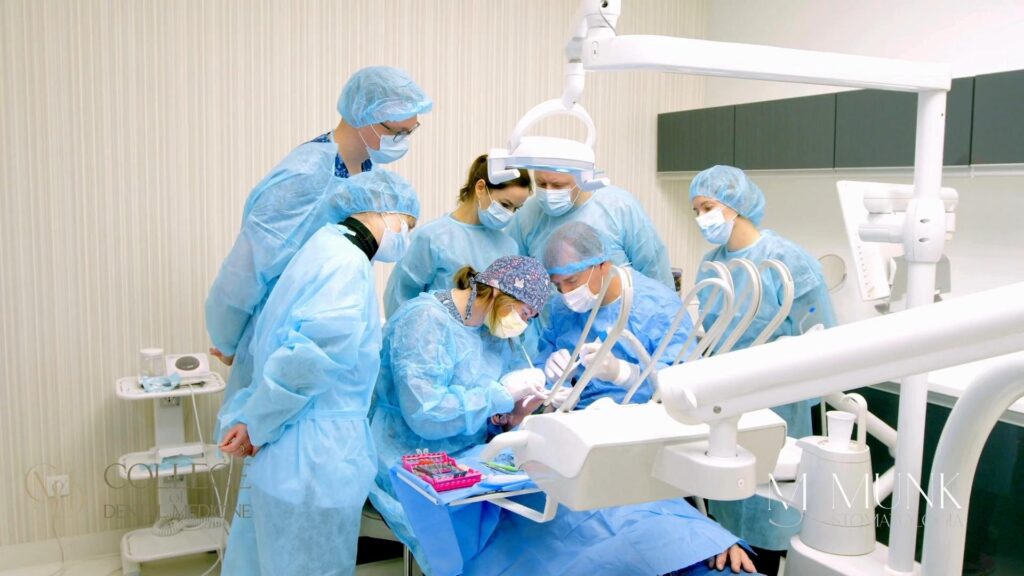
- Theoretical training.
- Hands - on workshop.
- Live patients
- Active assistance with perioimplantology procedures.
- Practical information only.
- Each participant receives 44 learning points.
- Number of places limited, groups of 6 students.
- Course language:
- Polish
- English
Programme
The aim of the Curriculum is to provide a basic knowledge of perioimplantology to dentists who are inexperienced in periodontics and its application to implantology, have little experience or wish to systematise their existing knowledge. The training carried out will include an introduction to perioimplantology, a workshop to teach treatment techniques and each trainee will also have the opportunity to actively assist in the reception of a number of perioimplantology patients at various stages of treatment. The training takes place in groups of six.
Marta Cieślik – Wegemund, MD, PhD
- Anatomical and histological differences between the periodontium around implants and teeth.
- Discuss local and systemic risk factors for periodontitis, mucositis and periimplantitis. Bacterial factors, periodontitis, nicotinism, poor hygiene, occlusal overload, parafunctions, osteoporosis, diabetes, radiotherapy, medications.
- Division of peri-implantitis and periodontitis.
- Algorithm for the management of peri-implantitis. CIST protocol.
- The role of the maintenance phase in the long-term function of implants in the patient's mouth.
- Algorithm for follow-up visits according to existing risk factors.
- Influence of the absence of keratinised gingiva in the aetiopathogenesis of peri-implantitis.
- Influence of gingival biotype in the aetiopathogenesis of peri-implantitis and aesthetic disorder of the white-red complex.
Marta Cieślik – Wegemund, MD, PhD
- Preparation of a patient with periodontitis for implant surgery. Types of flap procedures. Suturing techniques.
- Indications for non-surgical treatment.
- Instrumentation used in non-surgical and surgical treatment.
- Indications for surgical treatment.
- Resection treatment, implantoplasty.
- Regenerative treatment. Guided bone regeneration within implants in the course of periimplantitis. Guided regeneration of periodontal tissues in the course of periodontitis. Types of bone substitute materials and barrier membranes.
- Types of growth factors and discussion of their action.
- Use of A-PRF and I-PRF in GTR and GBR.
- Discuss methods of mechanical decontamination of implant surfaces in the course of non-surgical and surgical treatment.
- Discussion of methods for chemical decontamination of implant surfaces in the course of non-surgical and surgical treatment.
- Non-surgical and surgical treatment with photodynamic therapy. Treatment protocol.
- Topical and systemic antibiotic therapy in periodontitis and peri-implantitis.
- The use of lasers in the treatment of periodontitis and peri-implantitis.
Rafał Wiench, MD, PhD
- Hygiene assessment in patients before and after implantation. Hygiene indicators.
- Discussion of diagnostic instrumentation used in the examination of periodontal tissues around teeth and implants.
- Diagnostic methods used in the examination of tissues around teeth and implants. Bacteriological examination. Genetic examination.
- Assessment of inflammation severity and prognosis of survival of natural teeth and implants in periodontitis and periimplantitis. Bleeding index.
- Assessment of clinical parameters ( PD, CAL, MR).
- Radiological diagnosis of bone defects.
Marta Cieślik – Wegemund, MD, PhD
- Techniques for deepening the oral vestibule.
- Technique for widening the keratinised gingival zone using an epithelial-glandular graft (FGG). Technique for taking the graft. Techniques for preparation of the recipient site. Techniques for suturing the recipient and donor sites.
- Techniques for harvesting a connective tissue graft. Method of suturing the recipient site.
- Methods of soft tissue augmentation in the implant area to improve aesthetics and thicken the gum biotype. Tunnel method.
TIMETABLE
I am very satisfied with the whole Curriculum. Paweł Klosiński, the lecturer, a very good lecturer and a very nice person. There were a lot of questions, he answered each of them substantively, everything was presented in a very methodical, clear and lucid manner. During the course there was an opportunity to assist and participate in procedures, which is great for such trainings. I will recommend it! XX Edition - Implantoprosthetic Curriculum

Jakub Ratka
MD
I have been looking for a long time for a training course which could provide me with the scope I wanted and I have absolutely no regrets about having chosen this course. A lot of theoretical knowledge, backed up by practice. An incredible amount of knowledge, a huge amount of knowledge, but presented in a very accessible way, such that I can now easily go to a patient on Monday and offer them the best possible service. XX Edition - Implantoprosthetic Curriculum
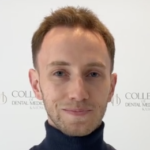
Szymon Nowak
MD
At the training we inserted implants, it was very intense. We had 6 procedures, because very much in the implants inserted we just finished a mega large patient procedure with the insertion of 4 implants, with a sinus lift, With PRF, Yes, a very intense time spent.

Marta Katarzyńska-Konwa
PhD, MD
The training is mega, very professional, Dr Munk is a great teacher, mentor and gives us a lot of very valuable advice, which we can use and are very happy with.
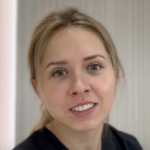
Katarzyna Czarzasta
MD
It was very good, it was what I expected. Nice atmosphere, training conducted at the right pace. I recommend !

Janusz Banasik
MD
I feel recharged, with knowledge and new skills. It was certainly an intense three days. However, I think that I, as well as the other participants, have learnt a lot from these classes. We screwed in our first implants, so that was also extra.
